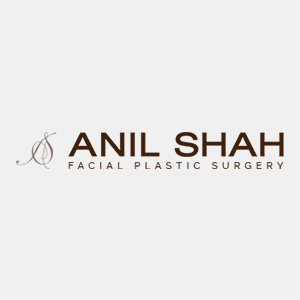
Rhinoplasty Nasal Exercises
After repair of a crooked nose, deviated nasal bones may remain partially deviated despite complete osteotomies. This can be due to soft tissue memory or shifting of the nasal bones. Nasal exercises allow the surgeon to digitally manipulate the healing of the nasal bones, shift displaced grafts and increase the resorption rate of surgical edema in specific areas. Nasal exercises involve application of digital pressure over a specific location to improve nasal contour. The patient will press on the area of the deformity for one minute twenty to thirty times per day. It is crucial that the patient understands to press in the exact location with the appropriate amount of force. The exercises are generally well tolerated but should be done to the point of slight discomfort.
In patients with severely deviated nasal bones, the nasal cast is removed early on postoperative day five. This prevents the nasal bones from possibly healing in a less favorable position and allows the surgeon early inspection. If the nasal bones are in the desired position, close follow-up is still required to insure that the bones stabilize in this position. If the bones have deviated, nasal exercises are used to straighten the nasal bones by applying direct pressure to the edge of bone that has shifted. Nasal exercises can be highly effective in treating minor deviations of bone or dorsal onlay graft shifting. If a dorsal graft is slightly off midline, then pressure can be applied with a finger to the offending edge of the graft to push it back to the midline. This exercise can be very effective if done rigorously for one to two minutes twenty times a day. Once two weeks have passed the chance of improving nasal contour with nasal exercise is less common.
Nasal exercises should only be attempted under the recommendation and instruction by Dr. Anil Shah.
“The nose should fit the face”
A strong jawline would suggest a stronger nose.


